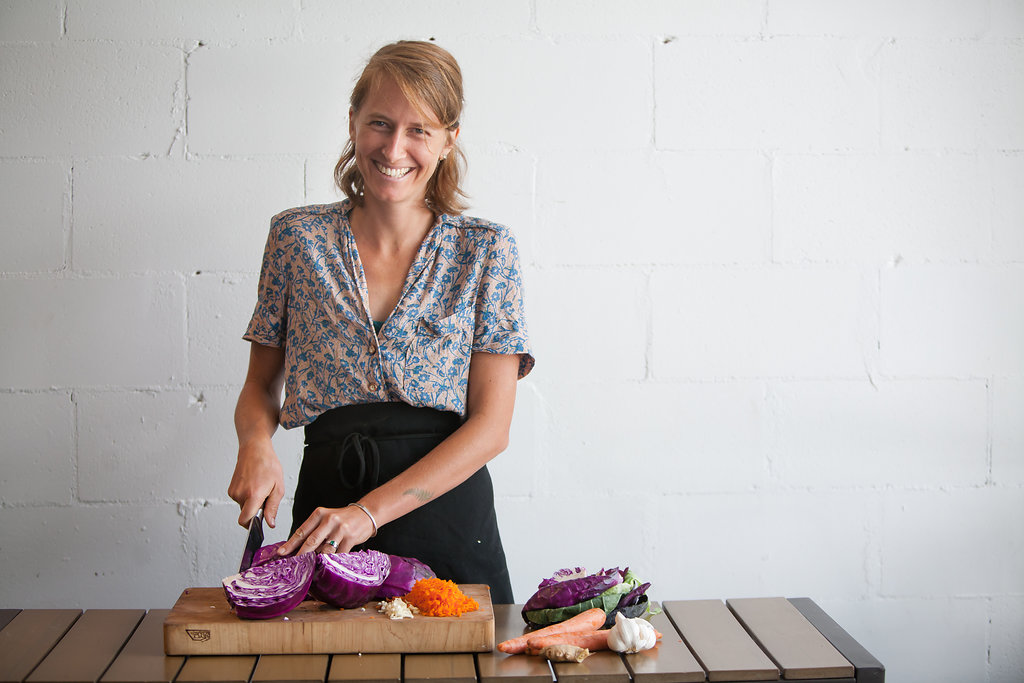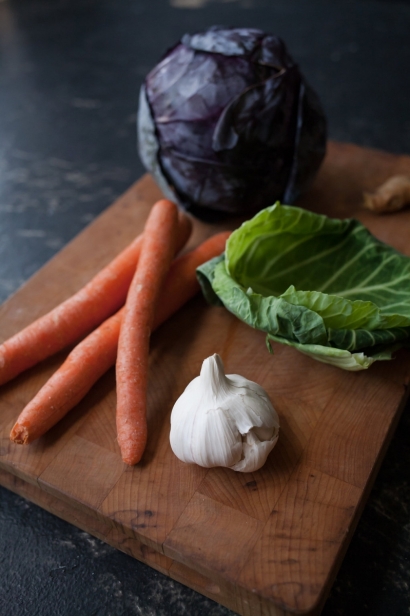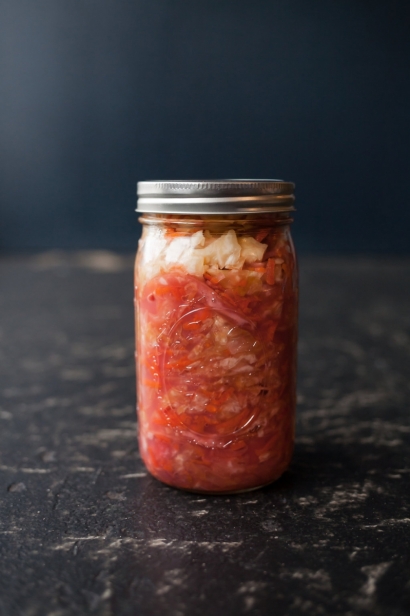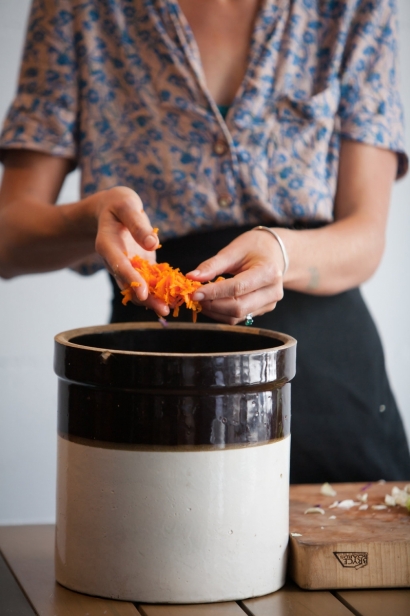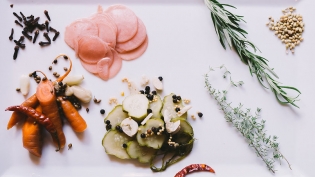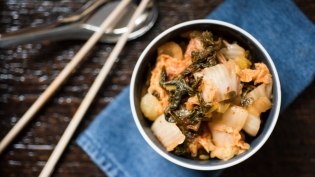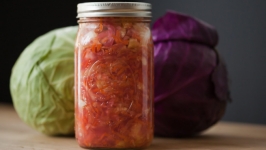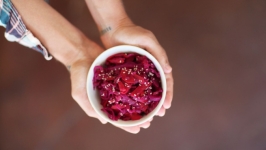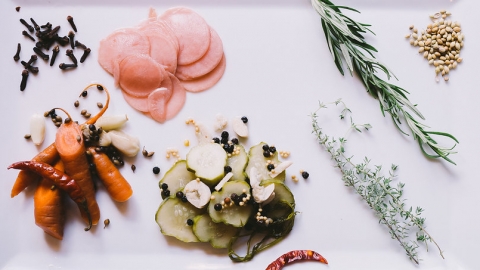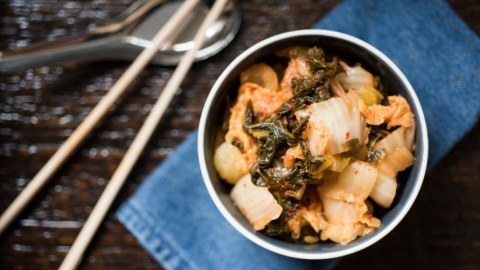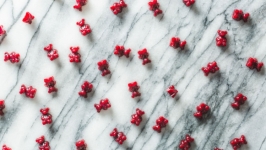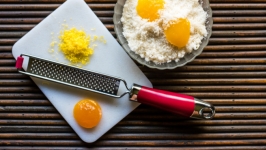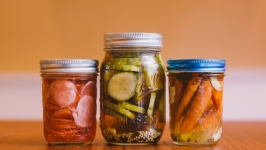Making Sauerkraut
Perhaps you've had sauerkraut before, be it at grandma's house or on a hot dog. You know, that pale beige lifeless stuff. That was all I knew of sauerkraut (kraut) and fermentation for most of my life. My roommate in college was of Polish descent and grew up eating fermented foods like borsch and sauerkraut, but there was a difference. What she ate was made from scratch with ingredients grown on her brother's farm outside Santa Fe, New Mexico. Everything about their kraut was different. It was bright in flavor and color, the crunch was so satisfying and delicious you knew this food was not only tasty, but also incredibly good for you. I had to learn.
I moved to their farm after graduating from college and was excited to learn more about growing food and making it into my daily nourishment. We all worked side-by-side both in the field and in the kitchen. The family was a wealth of knowledge and taught me most of what I know about growing, making, preparing and sharing food. From their humble roots, they created the most delectable dishes. Finally the day came when the cabbage was ready for harvest and we were able to make sauerkraut. We cut cabbage, shredded carrots and ginger, diced garlic and soaked seaweed. We washed the crock, cutting boards and knives. Everything had to be clean and sterile.
Each item was in its own bowl, so that with each handful you could equally distribute the vegetables. Layer by layer, the salted vegetables were combined and pressed again and again. Once all of the vegetables were incorporated, we used several big cabbage leaves and a plate to press the brine over the vegetables. Next came a bag or large piece of plastic and finally water and a weight. The goal was to get all of the vegetables submerged in the salty brine that would then protect them from the air and the wrong bacteria. Finally, we stored the crock in a cool, dark room.
After about six weeks, we took the crock out of its hiding place and began to undo the steps we'd done a month before. Once the plate was removed, we were able to take a clean fork and try our creation. It was divine. We put up all the kraut in jars and stored it in their root cellar for future enjoyment.
Fermentation as a food preservation process has been utilized since the beginning of civilization. Not only does it allow some inedible foods to become edible, it also allows food to have a much longer shelf life. As a fermented food, sauerkraut is created by welcoming bacteria specific to your location and each batch tastes a little different. This is one of the things that makes fermentation so magical. It is dependent on the soil your vegetables grow in, the bacteria on your hands and in the air around you. Even when I use the same ingredients and the same recipe, each batch is a little different.
Cultures around the world have different traditions of fermentation, be it kimchi in Korea or Ethiopian injera (flatbread). Creating and consuming cultured foods has a direct correlation to the culture of a place and is often one of the pillars of the cuisine. Even though I live a more urban lifestyle and don't get my hands in the dirt nearly as much as I like, working with vegetables and continuing to experiment and learn about fermentation keeps me intrigued by the world around me, on a global and microscopic level.
Have questions about fermenting foods at home? Ask Mariah! You can find her at Southern Roots Filling Station on 1275 King Street in Jacksonville.


